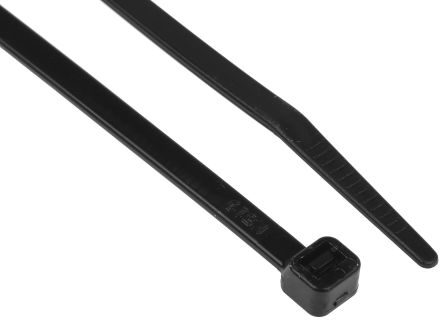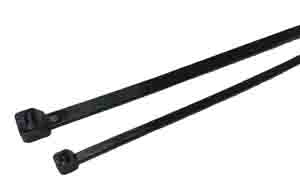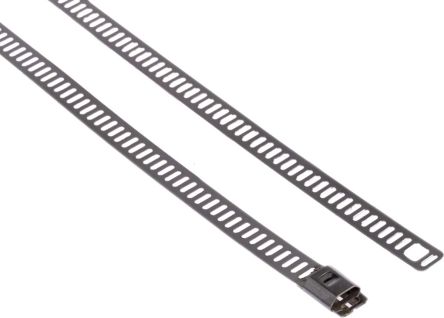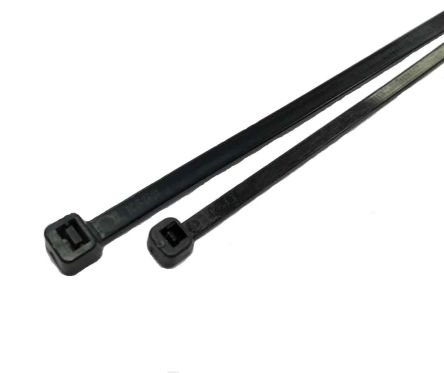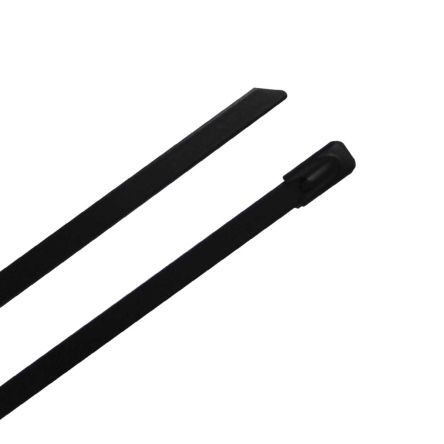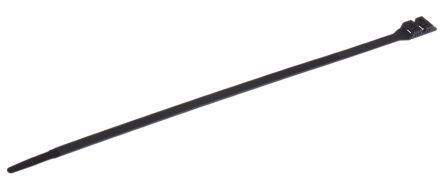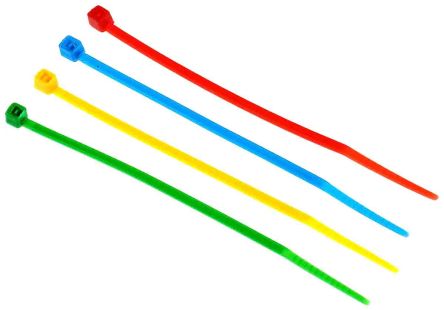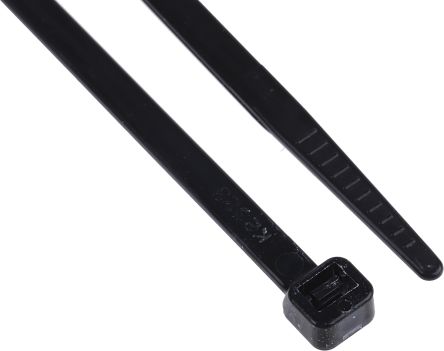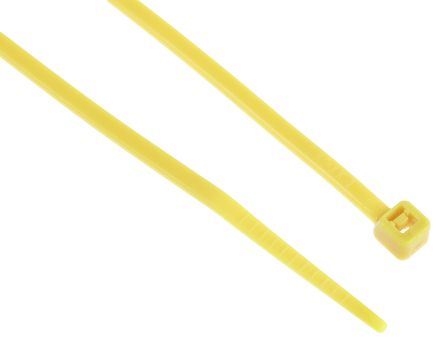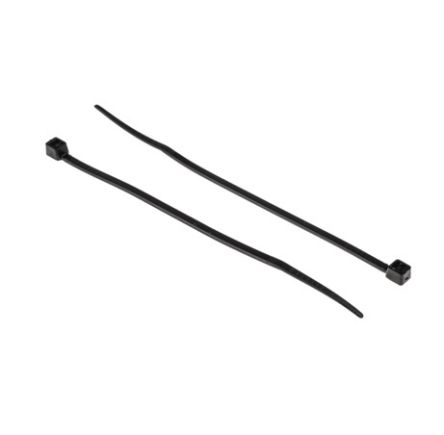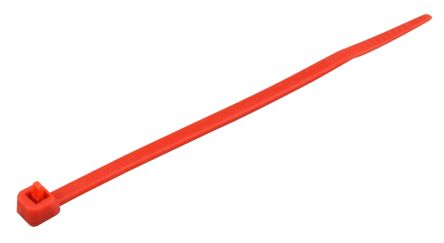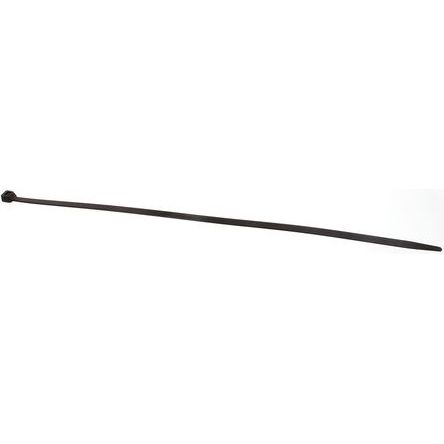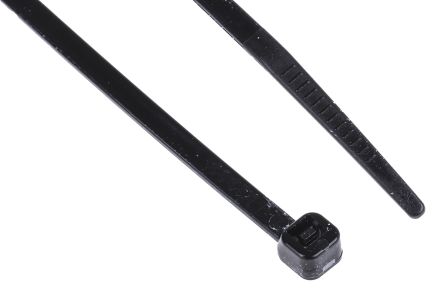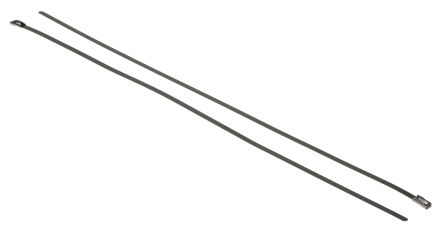- Automation & Control Gear
- Cables & Wires
- Enclosures & Server Racks
- Fuses & Circuit Breakers
- HVAC, Fans & Thermal Management
- Lighting
- Relays & Signal Conditioning
- Switches
- Batteries & Chargers
- Connectors
- Displays & Optoelectronics
- ESD Control, Cleanroom & PCB Prototyping
- Passive Components
- Power Supplies & Transformers
- Raspberry Pi, Arduino, ROCK, STEM Education & Development Tools
- Semiconductors
Cable Ties
Cable ties are common low-cost consumables in workshops, offices and on construction sites and can also be known as wire ties, zip ties or hose ties. They are used to secure, fasten, and separate cables and wires for the purposes of safety, identification and organisation. Cable ties can come in different colours, materials, lengths and widths depending on the requirements for the application, making them an ideal addition to any toolkit.
Cable ties are generally single-use devices as they are cut off rather than loosened and reused, however reusable cable ties are also available. If a closed loop needs to be opened again, rather than destroying the cable tie by cutting, it may be possible to release the ratchet from the rack. While some cable ties are designed for reuse with a tab that releases the ratchet, usually a sewing needle or a small screwdriver needs to be inserted between the ratchet and the rack in order to release the tie and allow it to be reused.
At RS, we have listed all of our products with their tensile strength converted to Newtons (N) in order to make our customer's journeys easier. We know that what constitutes as 'heavy duty' can be subject to different opinion, but we have decided to classify any of our products with a tensile strength of 750N or over as 'heavy duty', a choice we made with consideration of guidelines from nelco.com.
At RS, we have a wide range of cable ties suitable for a multitude of applications, industries, and environments. Our range of cable ties features products from well-known and respected brands such as Legrand, HellermannTyton, and Thomas & Betts, as well as our own professional brand RS PRO. For more information on how to choose the type cable ties that most suit your needs, you can consult our bespoke cable ties guide.
How to use a cable tie
Cable ties are simple to use and remove. Position the cable tie in the desired manner around the chosen subject (multiple wires or cables, for example). Insert the pointed end of the tie into the head of the tie. When the teeth of the cable tie catch, pull the head to tighten as far as it goes. If the tie does not lock into place, undo and turn the tie over: it will only tighten if inserted the right way. If you do not want to re-use the tie, you can trim the excess tie at the end. This loose part of the tie may have to be cut for health & safety purposes.
What type of cable tie should I use?
- Coloured cable ties: using coloured cable ties is a great way to group cables together in an easily recognisable way.
- Marker Ties: cable marker ties can be written on to identify what the tie is holding.
- Releasable cable ties: generally, more expensive than those for single use. The catch that is fitted to the head can be released to stop the teeth biting into the head, allowing the tie to be used many times.
What are cable ties used for?
There are endless uses for cable ties. Generally, they are used to tie cables and wires together for organisation and identification, but other uses can include electrical installations, DIY projects, packaging and shipping as well as numerous other uses.
